A few weeks ago, we ran reviews for a Michelin-reviewed restaurant through our Natural Language API. It was able to tell us what people liked or disliked about the restaurant, and even rank dishes by sentiment. In our analysis, we also noticed something curious. When our NL API pulled out the entity “Covid-19,” it wasn’t always paired with a negative sentiment.
When we mined back in to where these positive mentions of Covid-19 occurred in the reviews, we saw that our NL API appeared to be picking up on language in which restaurant reviewers felt a restaurant had handled Covid-19 well. In other words, when Covid-19 was determined to be part of a positive statement, it was because guests felt relatively safe. Or that the restaurant had come up with novel solutions for dealing with Covid-19.
With this in mind, we set to starting up another, larger analysis.
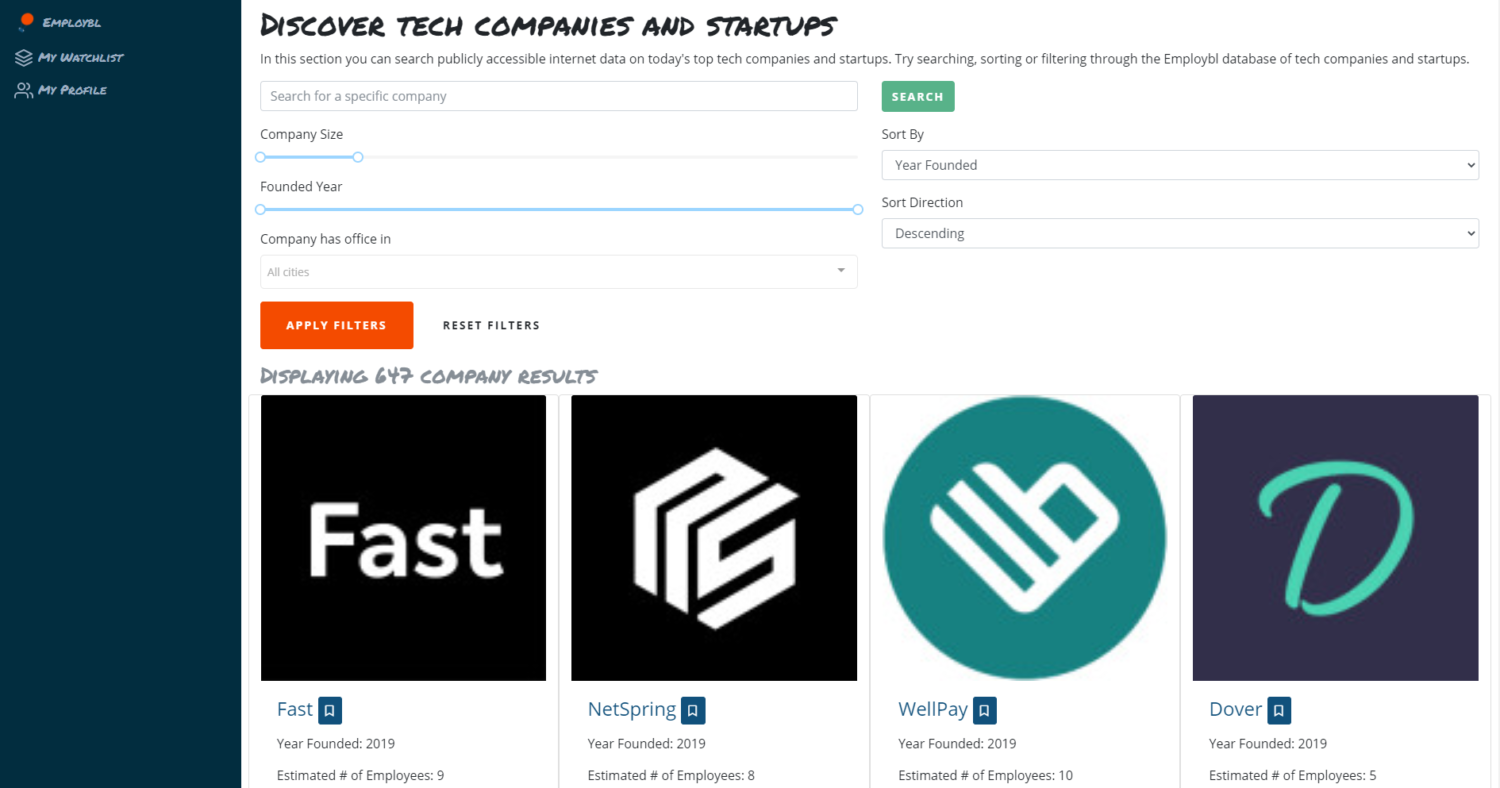
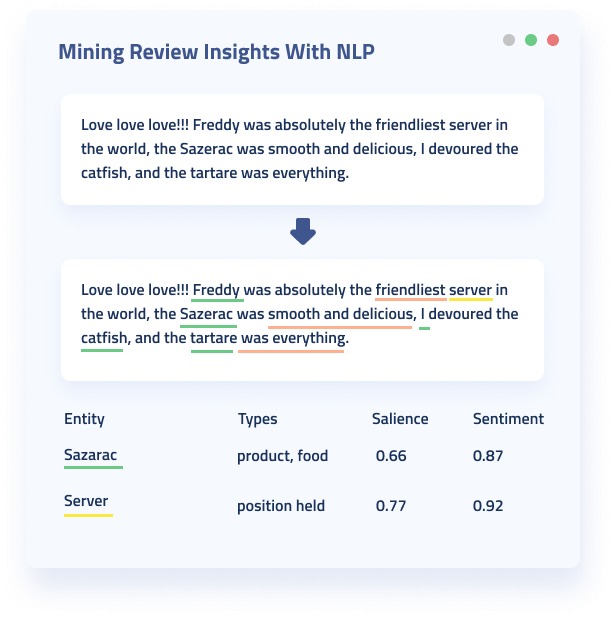
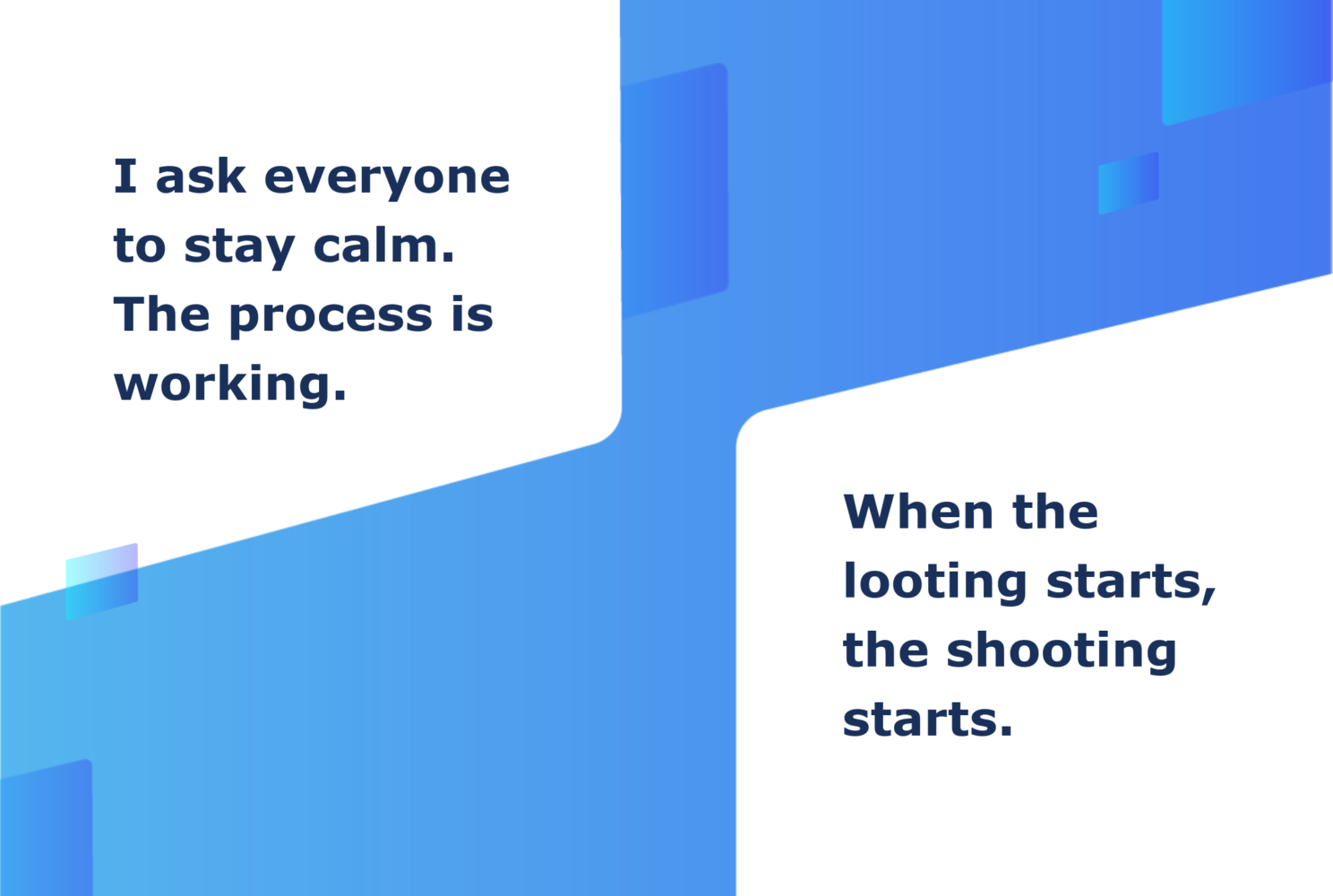
 Enough individuals have heard the siren song of Robotic Process Automation to build several $1B companies. Even if you don’t know the “household names” in the space, something about the buzzword abbreviated as “RPA” leaves the impression that you need it. That it boosts productivity. That it enables “smart” processes.
Enough individuals have heard the siren song of Robotic Process Automation to build several $1B companies. Even if you don’t know the “household names” in the space, something about the buzzword abbreviated as “RPA” leaves the impression that you need it. That it boosts productivity. That it enables “smart” processes. 

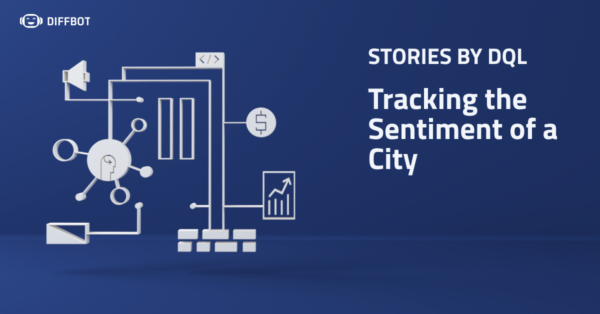
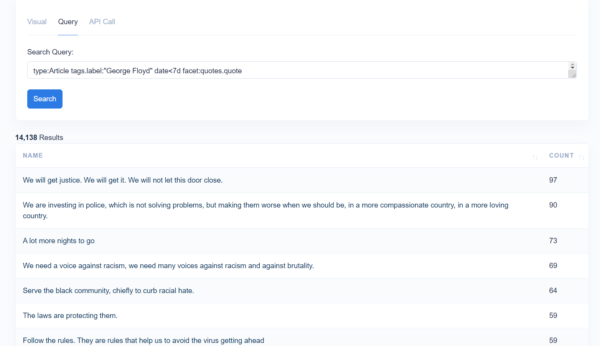
You must be logged in to post a comment.